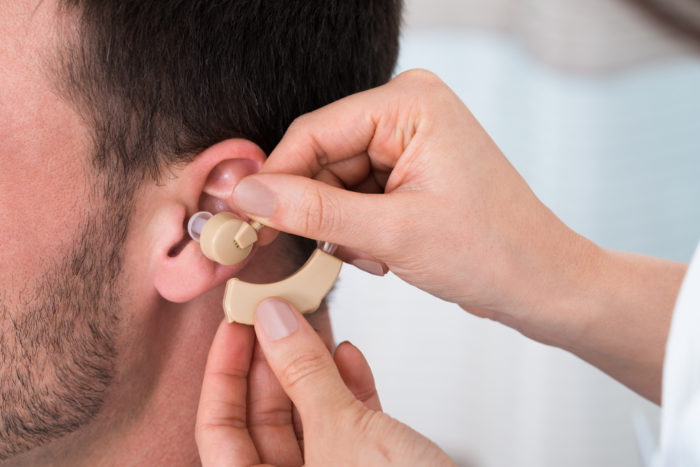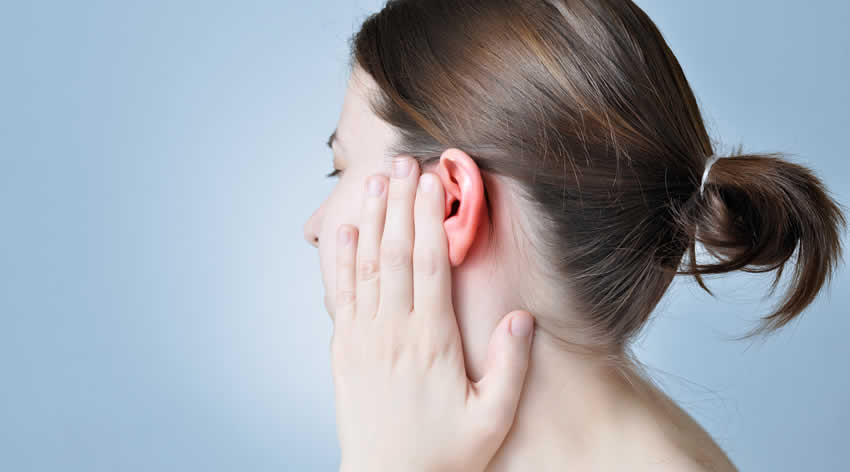Contents:
- Medical Video: My Face: Waardenburg Syndrome
- What is Waardenburg syndrome?
- Symptoms of waardenburg syndrome
- Type 1
- Type 2
- Type 3
- Type 4
- Causes of Waardenburg syndrome
- How do doctors diagnose this syndrome?
- How do you handle the Waardenburg syndrome case?
Medical Video: My Face: Waardenburg Syndrome
Genetic changes in human DNA can cause rare diseases. One of the rare genetic diseases that occurs is Waardenburg syndrome. This syndrome causes hearing loss, changes in eye color, skin, hair, and face shape. This syndrome was discovered by an ophthalmologist in the Netherlands named D.J. Waardenburg in 1951. Come on, see what happens completely in people who have Waardenburg syndrome.
What is Waardenburg syndrome?
The Waardenburg syndrome is a congenital abnormality. There is no cure for this condition, but this syndrome can be managed properly and people who experience it live as usual.
The Waardenburg Syndrome is a rare genetic disorder that affects the color of one's skin, hair, and eyes. In some cases, this condition of genetic disorders can also cause hearing loss.
Symptoms of waardenburg syndrome

There are four types of Waardenburg syndrome based on symptoms. One in 40,000 people can experience this syndrome. Both men and women can experience this syndrome. Type one and two are more common than types three and four. The most common symptom of Waardenburg syndrome is the color of the skin and eyes that tend to be pale or young. Another common symptom is the growth of some white hair near the forehead.
Type 1
The wide distance between the right and left eyes, pale blue eyes or the two different eye colors, there are white spots on the hair and skin, and 20 percent of people with type 1 hearing loss due to inner ear problems.
Type 2
In this type of eye distance is not too far away as type 1. More people experience hearing loss in this type than type 1. There are changes in hair and skin pigments as well as type 1.
Type 3
This type is known as Klein-Waardenburg syndrome. People with this type besides having type 1 and 2 Waardenburg symptoms, also experience abnormalities in their hands. For example, fingers that are fused or form different shoulders. Other marks of people of this type have a wide nose and distant eye distance like type 1.
Type 4
This type is known as Waardenburg-Shah syndrome. Symptoms of this type are similar to Waardenburg type 2, the difference in this type is losing some nerve cells in the large intestine. This is what causes people in this type to have frequent constipation.
Causes of Waardenburg syndrome
This syndrome is not a contagious disorder, and cannot be cured with drugs. This syndrome is also not caused by lifestyle factors.
The cause of this disorder is the occurrence of mutations (changes) in at least 6 different genes in the body. These mutating genes are genes that are responsible for forming various cells, especially melanocyte cells.
Melanocytes are one of the types of cells that determine skin color, hair, and eye pigments. Melanocyte cells are also involved in the formation of inner ear function. So if this cell formation is disrupted, the function of the inner ear will be disrupted.
The type of gene that has a mutation that will determine which Waardenburg type is experienced.
Some of the names of genes involved in this syndrome such as the SOX10, EDN3, and EDNRB genes that affect nerve development in the large intestine. Waardenburg syndrome types 1 and 3 are often caused by mutations in the PAX3 gene.
How do doctors diagnose this syndrome?
The Waardenburg syndrome will be detected further by the doctor when there is a difference in the appearance of the baby born. However, not all newborns will see the difference. Something new was detected for several years later.
Reporting from the Healthline page, here are some things that will be examined by doctors:
- The right and left eyes are different colors
- Hair pigmentation is not as usual
- The inner corner of the eye looks different, known as canthi
- History of a parent or sibling who has Waardenburg syndrome
- In some cases, the eyebrows connect as if they are one
- There are white spots on the skin from birth
- The shape of the trunk is not as usual
- When you see some of the signs above, the doctor will do a hearing test
If you need to make sure more details, the doctor will do DNA testing through blood collection. Laboratory staff will analyze the presence of DNA that has a genetic mutation.
How do you handle the Waardenburg syndrome case?
Basically there is no specific drug given to people with Waardenburg syndrome. People with Waardenburg syndrome can live a normal life. Lifestyle changes will also not affect the symptoms that appear in this syndrome.
However, there are indeed several treatments that are performed to manage the symptoms that arise, such as:
- Use of hearing aids.
- Surgery to remove or prevent blockages in the intestine.
- The use of a colostomy bag is a tool to maintain intestinal health in this type 4 syndrome.
- The use of cosmetics, to cover unusual skin pigments or other makeup uses to disguise.
- Some people with Waardenburg syndrome need psychological support to manage the special conditions they have, especially if their appearance is very different.
















